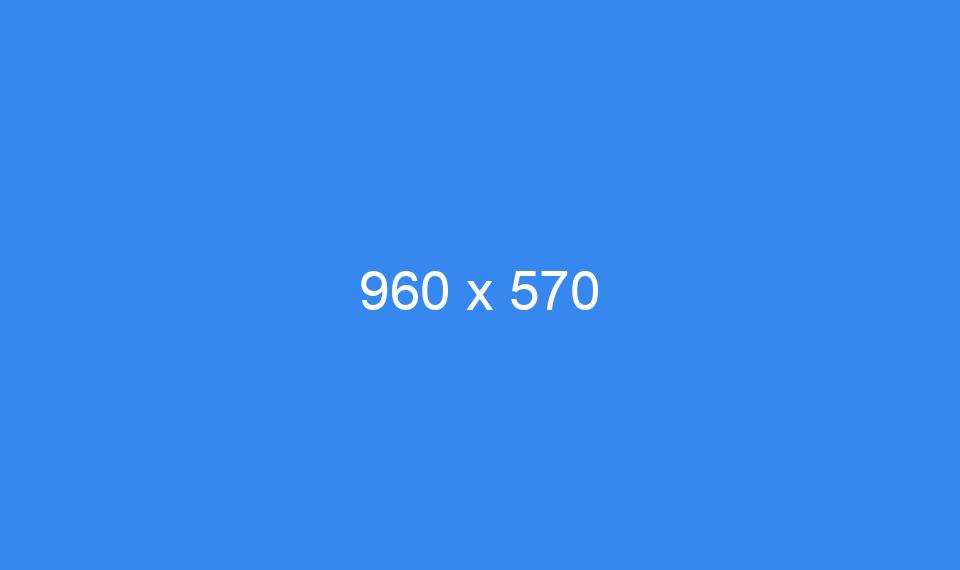From post-pandemic nostalgia to double serifs to kinetic type, there’s new creative energy in typography and design as we move into 2021.
It’s been said that at its core, design is simply a combination of typography and a grid. However, as more companies reach a functional level of design maturity, typography is an area that deserves more attention. Beyond simply communicating an idea, great type can evoke emotion and help define a brand online. Below are several examples of these top typography trends moving into 2021 and beyond.
Brutalist, just less brutal
The original Brutalism was characterized by harsh strokes and an absence of unnecessary decorative elements. Brutalism today still has the postmodern aesthetic, but it is tempered by softer color palettes and more organic elements. Expect to see more of this “soft brutalism,” a blending of utility and economy with softness and vulnerability.

 Green Meadow
Green MeadowLess is More
As we consume more and more information on digital devices, information density has been pushed to the forefront. This makes whitespace a luxury that only well-designed products can utilize. 2021 will continue to see increased use of whitespace and adding breathing room around type elements. All of this is leading to a general reduction of elements on the screen. In their latest iterations, Google and Apple’s design systems utilize expansive open space and a focus on crucial type elements. This puts headlines front and center as the main focal point of the design to get the reader’s attention.

Safe and Comforting Neo Retro
There continues to be a resurgence of friendly serif fonts, particularly typefaces inspired by 1970s nostalgia. These new typefaces are often more minimalist versions of bold and curvaceous vintage typefaces. The result is an evocation of fond memories of sitcoms and packaging of a bygone area.

Dynamic Typography
Users continue to gain more control over how they consume design online. With new design frameworks like Google’s Material You, the user’s preference directly affect the design, adapting the size and color of typefaces without direct designer input. In the end, this means the designer must rely more on a set of typographic rules rather than a specific prescriptive output. As these technologies continue to evolve, we will see changes in how we think about design and updates to the design tools we use.


